FMCSA ups regulation of CDL training and certification
Could better training be the key to driver retention, and a remedy for the current trucker shortage?
Good help is hard to find in trucking, according to American Trucking Association’s Chief Economist Bob Costello.
“In addition to the sheer lack of drivers, fleets are also suffering from a lack of qualified drivers, which amplifies the effects of the shortage on carriers,” Costello said in a statement last October. “This means that even as the shortage numbers fluctuate, it remains a serious concern for our industry, for the supply chain and for the economy at large.”
While the eyes of many in the trucking industry have been fixed on the electronic logging device mandate, the Federal Motor Carrier Safety Administration has enacted a provision establishing comprehensive national minimum training standards for entry-level commercial truck and bus operators seeking to obtain a commercial driver’s license (CDL) or certain endorsements.
With a compliance date of February 2020, the entry-level driver training final rule addresses the knowledge and skills necessary for the safe operation of commercial motor vehicles. The final rule also sets forth minimum qualifications for entities and individuals who provide entry-level driver training, according to the FMCSA website.
Basically, the hope is that if commercial driver license training facilities must prove they are meeting facility, staff, and curriculum requirements, the result will be safer, more qualified drivers.
Safety first
Not only is commercial driver’s license training a possible solution to the trucker shortage, it is also something that affects the safety of everyone on the road. The FMCSA wants to make sure all entry-level commercial truck and bus drivers receive the training necessary to make our roads safer.
“Ensuring that drivers are properly trained is a critical element in improving road safety for everyone,” said U.S. Transportation Secretary Anthony Foxx. “The entry-level training standards for large truck and bus operators put forth today exemplify a commitment to safety from a broad coalition of commercial motor vehicle stakeholders.”
While safety is of utmost importance, the benefits of the final rule reach beyond this. Not only will these comprehensive training requirements make roads safer, better-trained drivers will positively impact the environment by reducing fuel consumption and emissions. When drivers receive more training, this also leads to vehicle maintenance cost reductions and industry-wide performance improvements, according the FMCSA website.
So to whom does this “final rule” apply?
In a nutshell, the final rule establishes new training standards for the following individuals:
· Those seeking Class A or B CDL for the first time
· Someone seeking to upgrade their CDL (like a Class B CDL holder seeking a Class A CDL)
· A first-time endorsement for hazardous materials (H), passenger (P) or school bus (S)
These applicants have to complete a “prescribed program of instruction” given by a training facility listed on the FMCSA’s Training Provider Registry, or TPR, before they’re able to take the state-administered CDL skills test. If the applicant is seeking the “H” endorsement, they must complete this training from an approved entity before taking the knowledge portion of the test.
In order to become an approved entity, public and private CDL training programs, and fleet operated CDL training programs (among others) must register with FMCSA and self-certify that they have fulfilled the requirements for providing CDL training, according to FMCSA’s ELDT Final Rule Presentation.
CDL training and certification
This final rule sets standards for Class A and Class B CDL core curricula and training curricula including passenger (P); school bus (S); and hazardous materials (H) endorsements. The core and endorsement curricula are generally split into theory (knowledge) and behind-the-wheel (BTW) (both range and public road) segments.
When it comes to instruction, while there’s no minimum number of hours that driver-trainees must spend on the theory parts of any of the individual curricula, training providers must cover all elements of the applicable theory curriculum in their instruction.
In order to become an instructor, driver-trainees must receive an overall score of at least 80 percent on the theory assessment, according to the Minimum Training Requirements For Entry Level Commercial Motor Vehicle Operators.
Driver-trainees also must display mastery in behind-the-wheel situations. The BTW portion of instruction for Class A and Class B CDL includes training on both the range and public roads. This training includes maneuvers in which driver-trainees must proficiently demonstrate to the satisfaction of the training instructor.
While there’s no set hour requirement for how long driver-trainees have to spend on the BTW portion of the curricula, the proof is in the puddin’, figuratively speaking. The training provider can’t issue the training certificate unless the driver-trainee shows proficiency in performing all required BTW skills.
When driver-trainees are deemed fit to instruct those seeking CDL certification, again, there is no required minimum number of hours for the knowledge or behind-the-wheel portions of any of the individual training curricula, but training providers must determine that each CDL applicant demonstrates proficiency in all required elements of the training in order to successfully complete the program.
While this move by FMCSA is definitely a step toward a better-educated, safer-driving workforce, the U.S. is still lagging behind when it comes to guidelines about preparation for professional drivers.
Check back next week to see how the United States stacks up against other countries in regard to commercial driver training requirements.
As for this week's diesel prices, the United States On-Highway Diesel Fuel Price was $2.99 as of March 5, 2018. This national average is .015 lower than one week ago.


